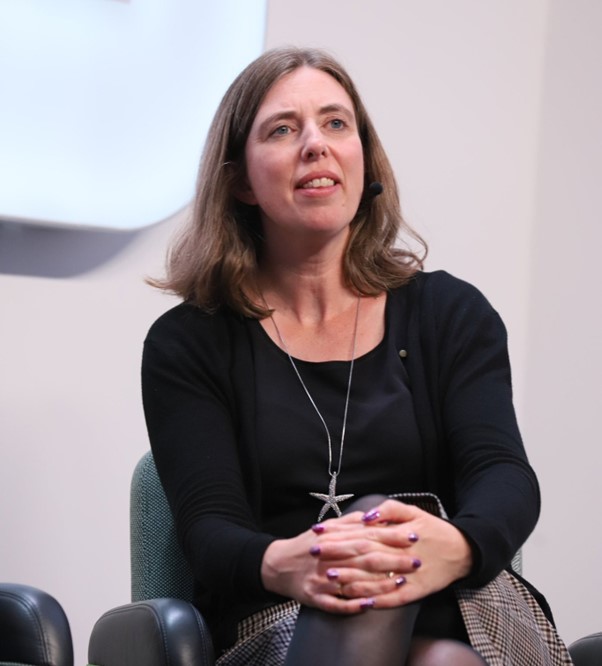At Time for Kindness we believe that kindness is powerful because it connects us as humans. Our guest last month wrote about using understanding of different cultures to spot kindness. This month Nina Lenton, coach and creative thinking partner, continues the theme of communicating across difference, this time in relation to different personality traits.
Most of us will have come across the concept of personality profiling (psychometric tests) at some point in our career, possibly as part of a recruitment process or a team building activity. Tools like Myers-Briggs Type Indicator® (MBTI®), Insights® and DiSC® are some of the best-known ones.
But how can knowing our preferences and those of our business collaborators or work colleagues help us be kinder to each other?
Why use personality profiles?
Firstly, we should think about why personality profiles are used in the working environment.
They’re a great starting point for self-awareness. They can help with communication and can improve team dynamics. They can be used by leaders to work more effectively with each team member and by recruiters to contribute to a balance of personalities in companies and teams.
Of course, they should be used in a flexible way for providing interesting insights, rather than relied upon as a sole source of information about a person. Some psychometric tests can be harder for people who are neurodivergent to complete, for example. And we do often adapt our behaviours in different situations, so it’s unfair to put each of us in just one profile type box.
But because they can highlight to us where our strengths and preferences lie, they can be great for helping us work and communicate with others who may be different from us. And that I think is where kindness comes in.
How does it help?
I’ve discussed personality profiles with a few networking groups recently. It has been interesting to hear examples like the ones that follow. They show how understanding personality traits has helped people communicate better and more considerately with each other.
- The person who liked to chat about family whenever they phoned a colleague. On learning that this colleague just wanted to get their work done because that was their personality preference, they started to ask whether they had time to chat before they launched into a story. The colleague at the end of the phone now understood that their sales colleague wanted to talk about what was important to them and allowed them a few minutes to do this before asking them the reason for their call.
- The person who had a million different ideas and was always telling their team members about these ideas without explaining what (if anything) they wanted them to do with the ideas. This wasted a lot of time and frustrated the team members who dreaded the conversations. When the person with the ideas realised the impact this was having, they were able to direct their idea conversations to the person in the team best suited to act as a sounding board without wanting to take action all the time.
- And the person who realised that their detailed emails were far too long for a client who liked their communications short and succinct. So the freelancer was able to adapt these emails to give less detail while still conveying the important points they needed to tell them, improving the working relationship and saving themselves time.
I hope that this article has given you some useful ideas on how personality profiling helps us be kind and considerate to each other. Perhaps it’s made you think of a person you can ask about their communication or working preferences, so that you can improve the way you work with each other?
Nina Lenton is a coach and creative thinking partner, who uses tools like DISC (People Keys version) and Creative ID with her clients to help them understand and use their creative preferences and strengths in their work. www.ninalenton.co.uk
Image by user1505195587 from Pixabay

Let's work together
Bring kindness to life with workshops, talks and other support that make a real difference — boosting wellbeing, improving performance and creating lasting positive change.
Find out how
